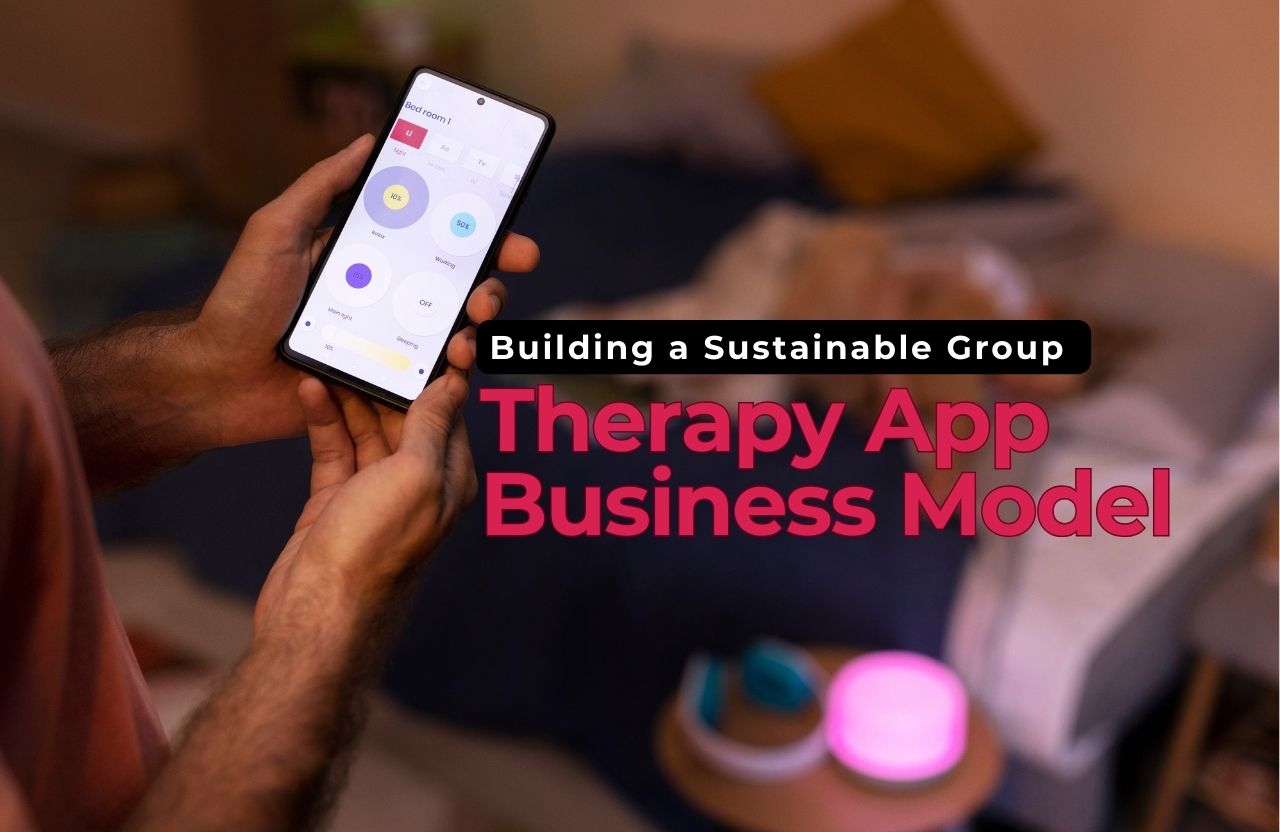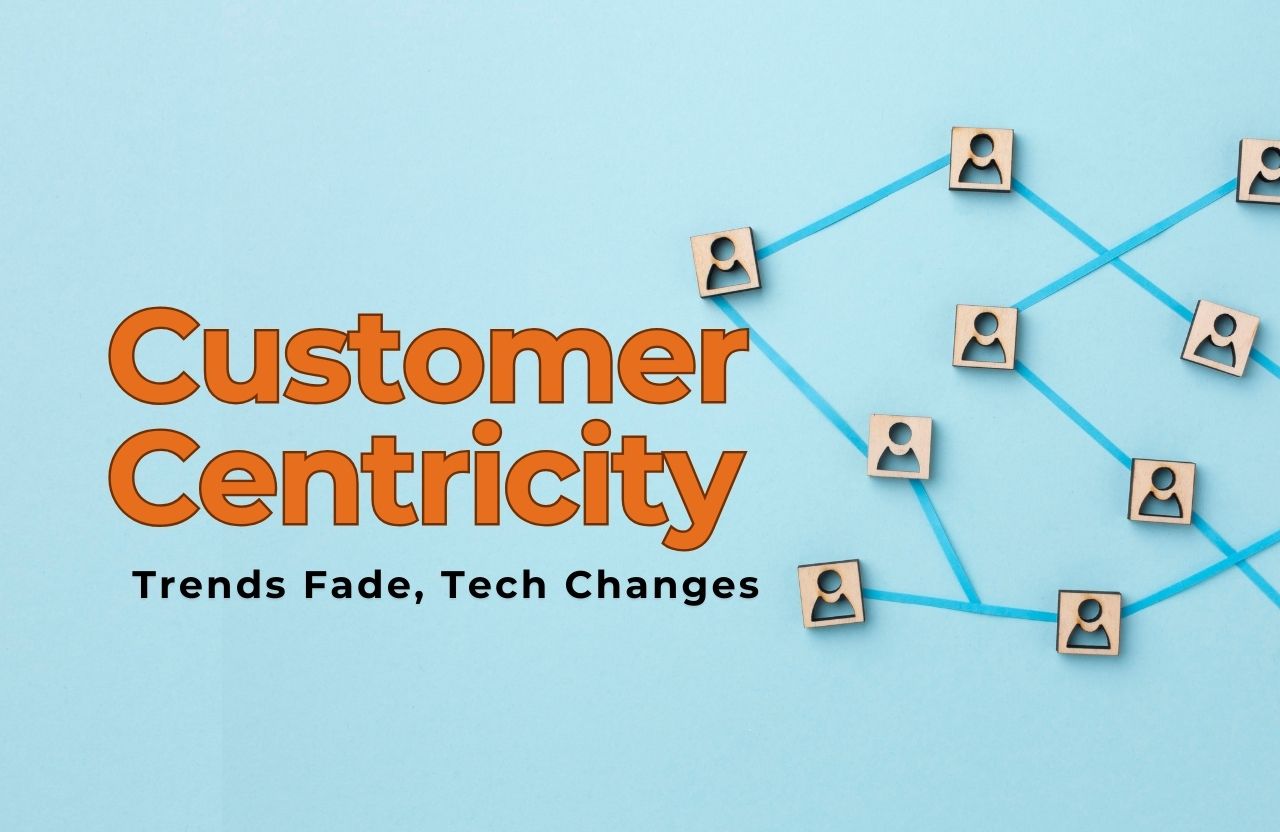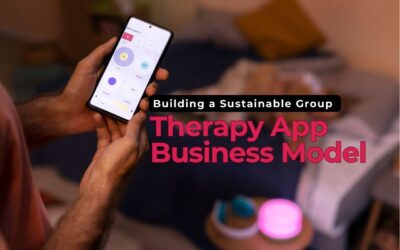Every year, new business trends evolve into the marketplace. Some of them are exciting, some are exaggerated and others vanish before we even have the chance to get used to them. Technology continues to advance, markets evolve, and customer expectations shift at lightning speed. Yet one principle has never fallen out of fashion and never will: Customer-Centricity, the proven foundation for long-term business success. It’s not about giving lip service to “the customer is always right.” It’s about really positioning customers at the center of all you do. That is, enabling customers to take your product, having customers join your company, hearing customers, quickly troubleshooting issues and having staff who care about customers just as much as you do (i.e., encourage them to care, too).
To clarify, let’s take each step one phase at a time in order to implement Customer-Centricity as your secret weapon.
1. Educate Customers: The Beginning of Trust
Has this ever happened to you? You purchase something and afterward find yourself wondering, “I have no idea how to use this”? It is also infuriating and you lose trust even faster with a customer. That is the reason education is the first step of Customer-Centricity. When customers are clear on what they get, how it works and their benefits, the worries simply vanish. And assured customers remain.
The top companies don’t drop a book on you and send you on your way. They guide you through. They teach you how to begin and then how to maximize what you’ve purchased, step by step. That can be in short videos, live demonstrations or even “click-through” guides that come pre-installed so people can learn while they do. When customers get educated, they’re empowered and customers don’t simply purchase, they become loyal enthusiasts.
2. Welcoming the Correct Customers: Fit is More Important Than Size
Not all customers are right customers. That may sound strange, don’t we all desire more customers? Yet really, having individuals on board who don’t really need or appreciate your product causes trouble for both parties. Customer-Centricity is all about locating the individuals whose requirements are in line with what you deliver and subsequently giving them an optimum beginning. A good onboarding process starts off the whole relationship on the right foot which means:
- Being transparent with what your product does (and doesn’t) do.
- Demonstrating quick wins so customers appreciate value quickly.
- Having clear, simple means of getting assistance when they need it.
When you bring on the right customers in the right way, they are more likely to thrive and when they thrive, your business will grow organically.
3. Listening, Learning and Fixing: Feedback as Your Compass
Sometimes customers compliment you, while the other side they tell you what’s not functioning. Regardless, it is gold for that’s how you learn. Customer-Centricity is having easy, open channels for customers to give their opinions. Perhaps it’s a brief feedback form, support email or even live chat. When they talk, you listen and do something about it. And don’t only solicit feedback when there’s an issue. Ask for it on a regular basis, before issues happen.
In the Global State of Customer Service report, Microsoft states that 77% of customers have a more positive opinion of brands that prompt and act on feedback. As you start to see trends in your feedback and are now working toward streamlining some processes, hopefully (knock on wood!) your company is not experiencing the same challenges.
When a customer has a complaint, treat it just as you would if it were a friend’s problem, be an active listener, empathize with their frustration and work together to resolve the problem. Unfortunately, all too many organizations are surprised to realize that simply by taking the time to work through a complaint could result in an ever-loyal customer from what was at one point an unhappy customer.
4. Building the Right Team: People Who Care
You may have the best systems, the best technology, and the best processes, but if your people don’t care about the customer, all of it will fail. A real customer-first team isn’t just scripted to follow a script. They’re scripted to think like the customer. They have deep-honed knowledge of the product, they know why customers buy i,t and they care that customers succeed with it.
Some companies create “customer advocates” in every department, people who make sure that the customer is prioritized on important decisions. Others create cross-functional teams to talk about feedback and generate ideas to improve the customer experience. No matter how it is set up, the goals are the same: make sure that everyone from sales to support understands that Customer-Centricity is not just a procedure – it is how you do business.
5. Why Customer-Centricity Outlasts Every Trend
As we discussed earlier, technology will keep changing. We’ll see new apps, platforms and tools every year. Some will make life easier, others more complicated and many will fade into the background. But Customer-Centricity? That’s timeless. The answer is quite simple, it’s about people and people need to feel understood, respected and valued. There is no technology or automation that can replicate that human connection.
When you’re Customer-Centric, you’re constantly evolving with change. You recognize when customer needs change, you realign to fit those changes and you adopt technology to enhance, not eliminate, the human aspect of business. That is why Customer-Centric Businesses don’t just accept change, they embrace it and thrive.
Conclusions
Trends and technology will continue to change. Competitors will enter the market and disappear. But customer-centricity will always be the one element that separates the winners from the losers. When you start teaching customers from day one, hiring the right people, listening to their objections, showing empathy in resolving issues and hiring people that care about what you’re doing, you’re not selling anything, you’re creating a relationship. And relationships are the thing that bring customers back year after year.
In the end, every tool, every strategy, every trend boils down to one thing of how much you value your customer. The most future-proof business strategy isn’t just selling, it’s caring. And caring never goes out of style.
So here’s the question: How will you become more customer-focused starting today?













